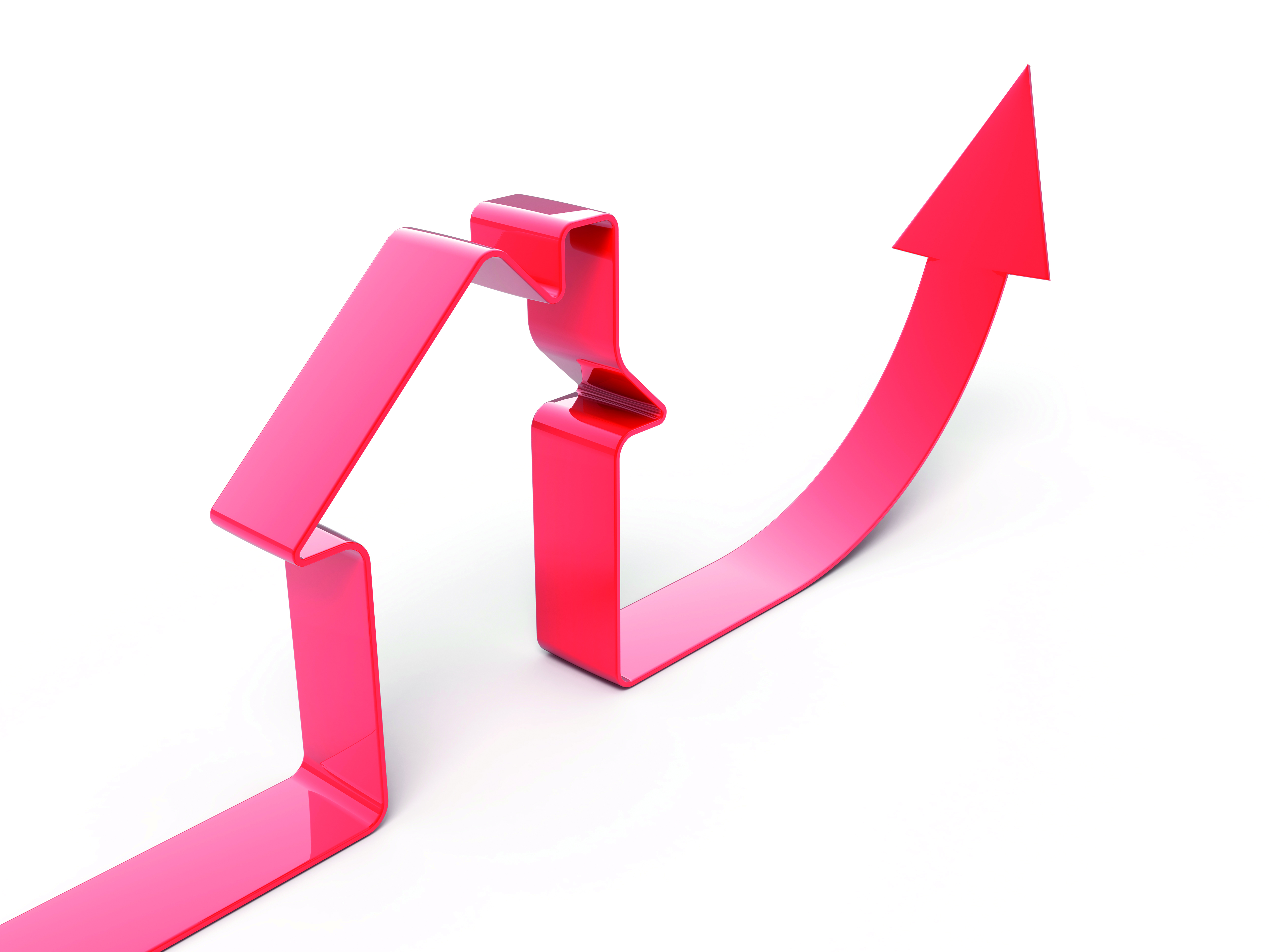
Property prices increased by 12.2% in England and Wales over the past 12 months according to the latest Acadata data from e.surv.
This data, which uses Land Registry figures for both mortgaged and cash purchases, shows the property market remained resilient across both countries, with eight out of 10 regions recording growth increases of more than 10%.
The South West recorded the strongest growth, with property prices rising by 15.2% over the last 12 months. This was followed by the East Midlands, the West Midlands and East of England, up 14%, 13.1% and 11.2% respectively.
London and the South East recorded the lowest annual increases – with prices rising by just 2.7% in the capital and 8.7% across the wider South East region.
These e.surv figures show that the average property in the UK (in England and Wales) is now worth £371,208.
These latest figures are broadly in line with data published by Halifax yesterday, showing the property market remains resilient, despite house price inflation easing. Its figures show house prices rising at 11.5% over the past year.
E.surv director Richard Sexton says: “Despite recent anecdotal comments to the contrary, at this time our data records a resilient UK housing market – largely due to the continuing lack of supply of desirable stock and continued demand for it.”
However he says that while these figures remain broadly positive there are some important considerations to bear in mind. “It is likely that, with the current extended completion times in the market, many of the transactions reported were agreed four or five months ago.” This would be ahead of the most recent interest rates rises and higher food and fuel prices.
Sexton says it is important to acknowledge the current affordability issues facing homeowners may not be reflected in the data yet.
He adds: “It remains to be seen what effect that has on subsequent data, though we should also consider the potential positive impact of any new support to address the cost-of-living crisis from the new government. Home-buying is a market built on sentiment and what happens next will fundamentally affect that.”
Sexton points out that there has been strong growth across different regions of the UK. “As work habits continue to evolve and people settle into new ways of living and working, this continues to impact what people buy. We think the hybrid method of working from home for most of the week is driving a revived interest in flats in the central areas of cities like London, which of course changes the mix of properties and values reflected in the index. How this plays out over time remains to be seen as many large companies have publicly already reverted to full-time office work.”
Figures from e.surv show that since the start of the pandemic in March 2020 to the end of July 2022, the average house price has increased by some £53,800, or 17.1%. This contrasts with the increase in consumer price inflation (including housing – CPIH) of 11.6% over the same period, demonstrating property prices have thus risen in real terms.
Given the strong growth in house prices over the summer, e.surv also points out that figures for July and August 2021 were lower than usual — since those looking buying a higher-priced property would have tried to purchase it in June 2021, when the stamp duty tax savings, especially in England were at their most generous.
Consequently, there was a dearth of higher-valued properties being purchased in July and August, which resulted in average prices falling in those two months. The base points for measuring house price gains were consequently lower, which has had the effect of increasing the annual rate of growth recorded this year.



